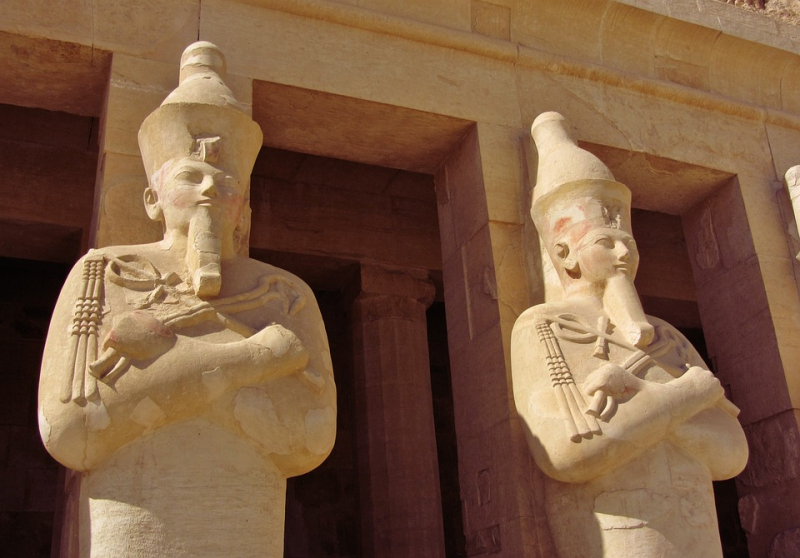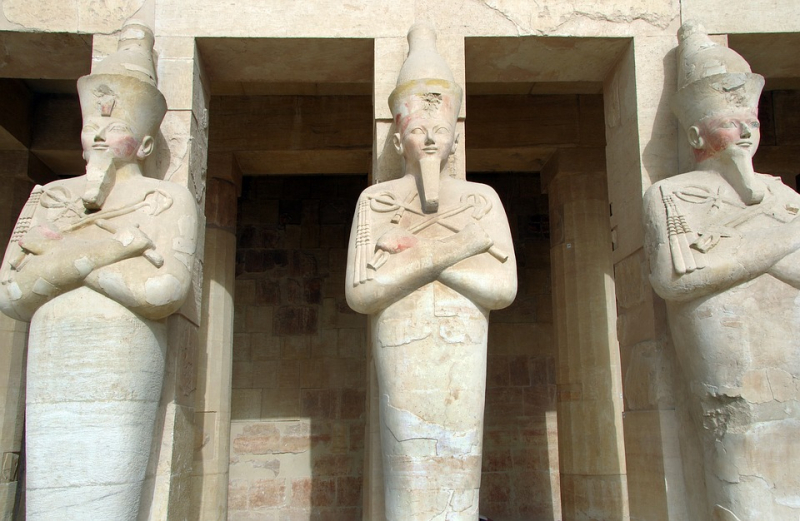Queen Hatshepsut
Queen Hatshepsut of Egypt, also known as Maatkare Hatshepsut, was one of the most well-known female rulers in the ancient world. As a queen regnant, she ruled Egypt for around 20 years and made significant contributions to the country's prosperity and stability.
The woman came to the throne as the wife of King Thutmose II, but after his death, she declared herself ruler and served as the first female pharaoh of Egypt. Hatshepsut’s reign was marked by military conquests and successful diplomatic missions, as well as several major building projects. She commissioned the construction of several grand temples, including the Temple of Hatshepsut and the Temple of Amun at Karnak.
Her reign saw great advancements in the trade and commerce sector, as she sent numerous expeditions to the Red Sea and beyond to establish trade routes and bring back exotic goods. She also ordered the construction of a massive red granite obelisk, one of the largest single pieces of stone to have ever been quarried in ancient times.
Throughout her rule, Queen Hatshepsut maintained a peaceful and stable reign. Sadly, after her death, her achievements were almost erased from history and her monuments defaced, likely by her co-regent and stepson Thutmose III. Nevertheless, the Queen's legacy remains, and she is still celebrated as one of Egypt’s greatest female rulers.
Age: 15th-14th century BC
Country: Egypt
Achievements:
- Military conquests and successful diplomatic missions
- Commissioned several grand temples












